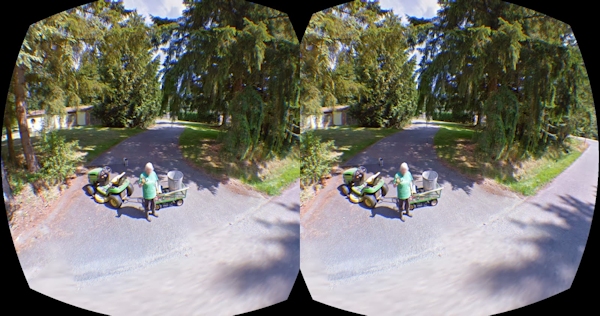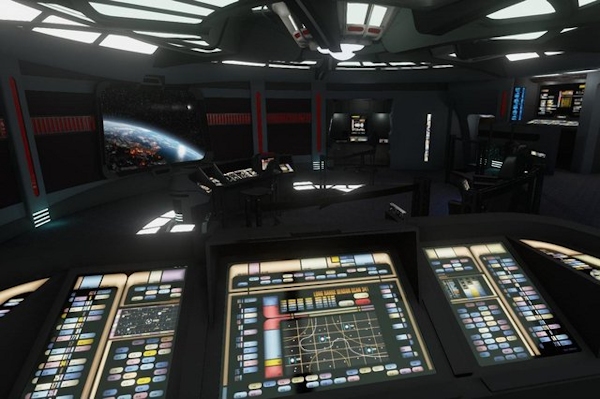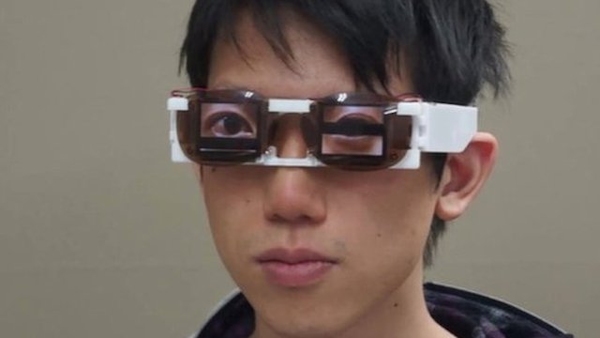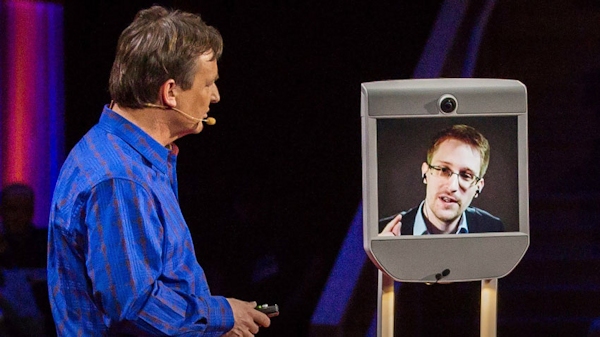[From The Rift Arcade, where the story includes a 12:54 minute video – the last segment, beginning at 9:50, is particularly worth watching]
How the Oculus Rift helped Roberta Firstenberg battle cancer
17 Apr, 2014 Tom Rudderham
“I can’t believe it. I mean, you hear about things that like that, and you think you’re all prepared for it, and it’s like dropping into a mirage… into a new life… it’s beautiful… it’s awe-inspiring.”
–Roberta Firstenberg
By the end of 2013, Roberta Firstenberg was losing her battle with cancer. After several months of radiation therapy and chemotherapy, she was told that the treatments were no longer effective. It was around this time that her granddaughter, Priscilla Firstenberg – a 2D and 3D video game artist – moved in to help take care of her. Pri would come home after work each night and sit with her grandma.… read more. “Dying woman goes outside for last time via Oculus Rift”




